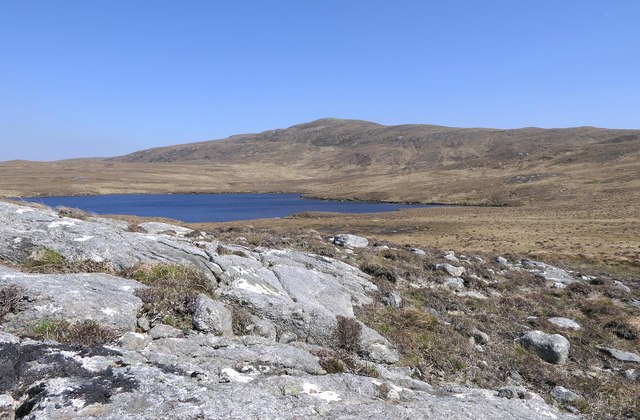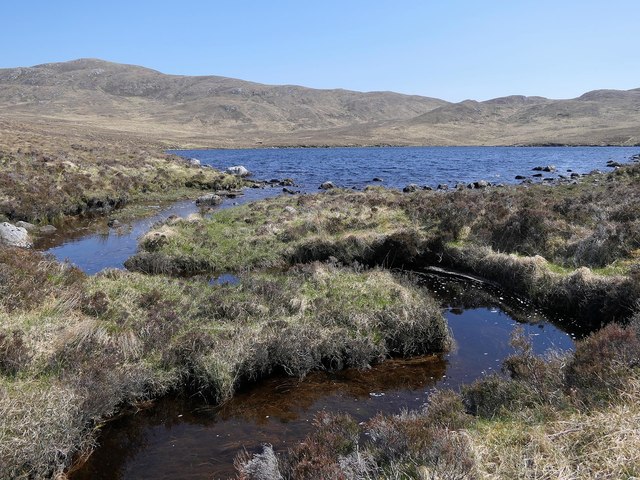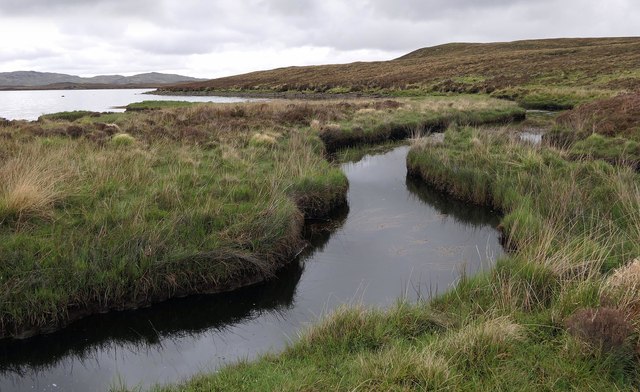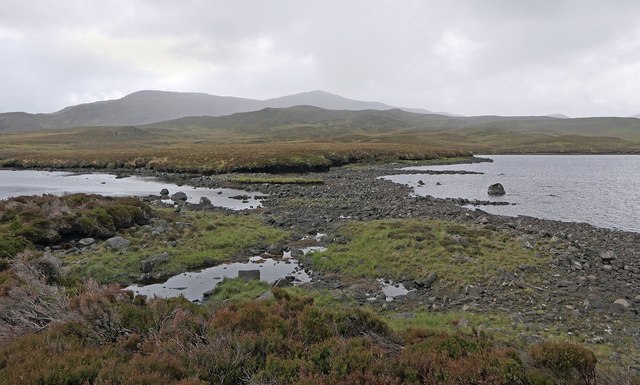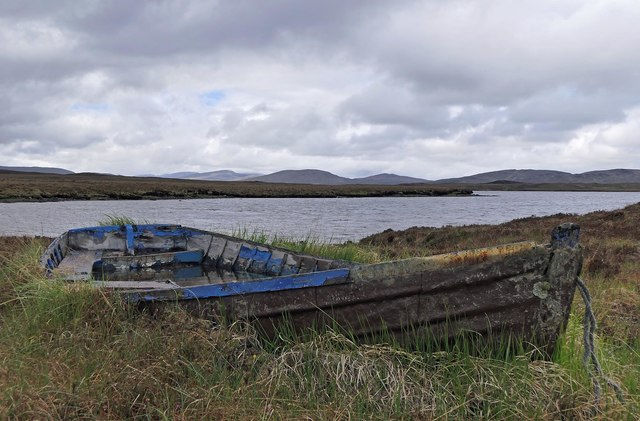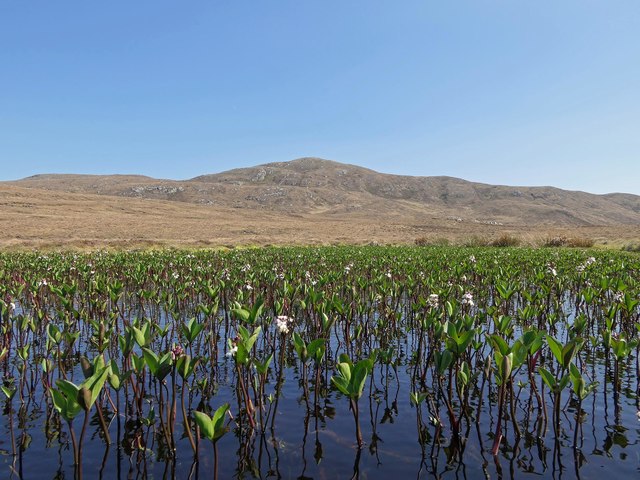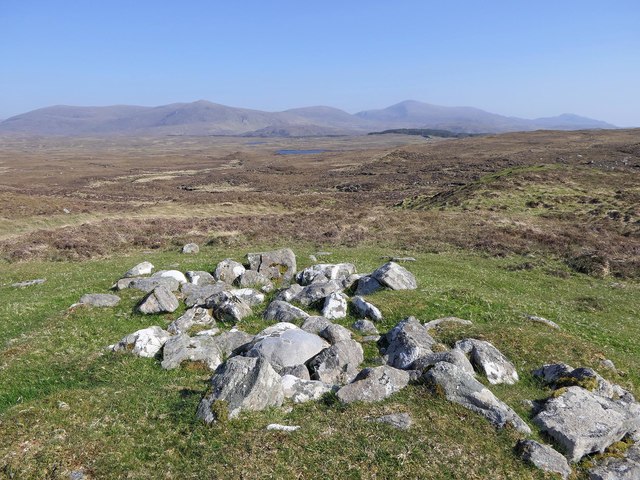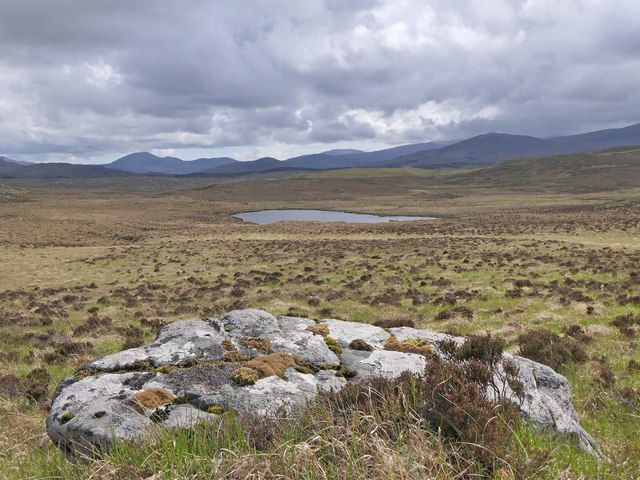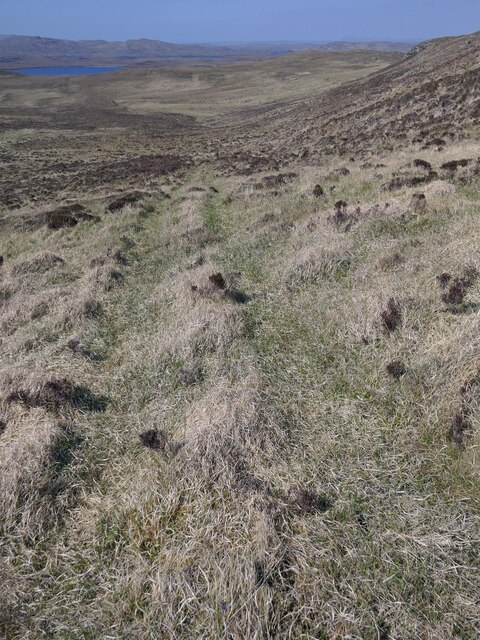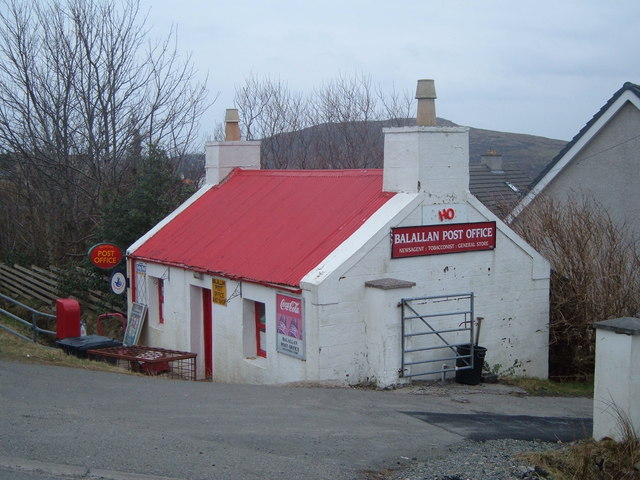Slèteachal Mhòr
Hill, Mountain in Ross-shire
Scotland
Slèteachal Mhòr
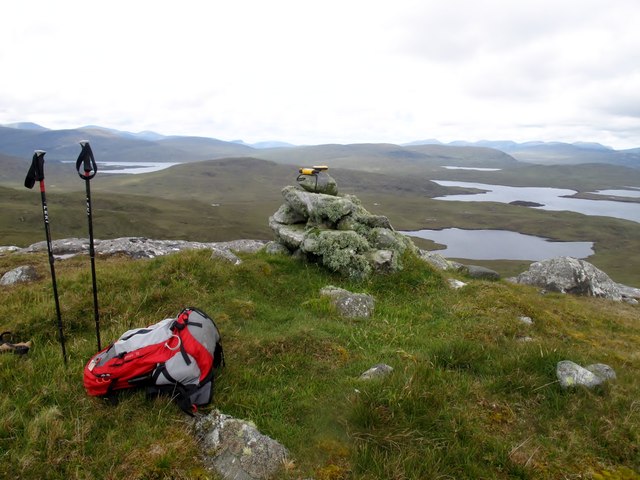
Slèteachal Mhòr is a prominent hill located in Ross-shire, Scotland. It is part of the stunning landscape of the Scottish Highlands, known for its rugged beauty and breathtaking vistas. Standing at an elevation of approximately 1,603 feet (488 meters), Slèteachal Mhòr is not classified as a mountain but rather a hill.
The hill is situated in a remote and sparsely populated area, surrounded by vast moorlands and rolling hills. Its relative isolation adds to its allure, attracting outdoor enthusiasts seeking solitude and tranquility. The summit provides panoramic views of the surrounding countryside, including nearby Loch Gairloch.
Although not particularly challenging in terms of technical difficulty, Slèteachal Mhòr offers a rewarding hike for those who venture to its peak. Its slopes are covered with heather and grass, creating a picturesque landscape. The ascent can be steep in some parts, but the well-defined path makes it accessible to experienced hikers and even novices with a reasonable level of fitness.
The hill is also a haven for wildlife, with various species of birds, including golden eagles and peregrine falcons, often spotted in the area. Red deer, mountain hares, and other mammals can be seen in the vicinity as well.
Overall, Slèteachal Mhòr showcases the natural beauty of the Scottish Highlands and offers a rewarding outdoor experience for those who visit. Its stunning views, peaceful surroundings, and diverse wildlife make it a must-see destination for nature lovers and hikers in Ross-shire.
If you have any feedback on the listing, please let us know in the comments section below.
Slèteachal Mhòr Images
Images are sourced within 2km of 58.070864/-6.7272815 or Grid Reference NB2118. Thanks to Geograph Open Source API. All images are credited.


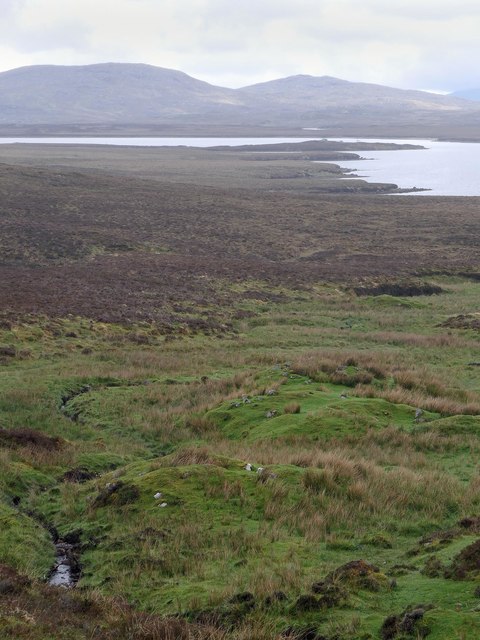
Slèteachal Mhòr is located at Grid Ref: NB2118 (Lat: 58.070864, Lng: -6.7272815)
Unitary Authority: Na h-Eileanan an Iar
Police Authority: Highlands and Islands
What 3 Words
///gifted.alienated.misted. Near Leurbost, Na h-Eileanan Siar
Nearby Locations
Related Wikis
Eilean Mòr, Loch Langavat
Eilean Mòr is an island in Loch Langavat on the Isle of Lewis in the Outer Hebrides of Scotland. == Footnotes ==
Airidh a' Bhruaich
Airidh a' Bhruaich (Arivruaich - anglicised) is a scattered crofting township in the South Lochs district of the Isle of Lewis in the Outer Hebrides of...
Balallan
Balallan (Scottish Gaelic: Baile Ailein, Bail' Ailein), meaning "Allan's Town", is a crofting township on the Isle of Lewis, in the Outer Hebrides, Scotland...
Seaforth Island
Seaforth Island (Scottish Gaelic: Eilean Shìphoirt/Shìophoirt or Mulag) is an uninhabited island in the Outer Hebrides of Scotland. Unlike many other...
Nearby Amenities
Located within 500m of 58.070864,-6.7272815Have you been to Slèteachal Mhòr?
Leave your review of Slèteachal Mhòr below (or comments, questions and feedback).
